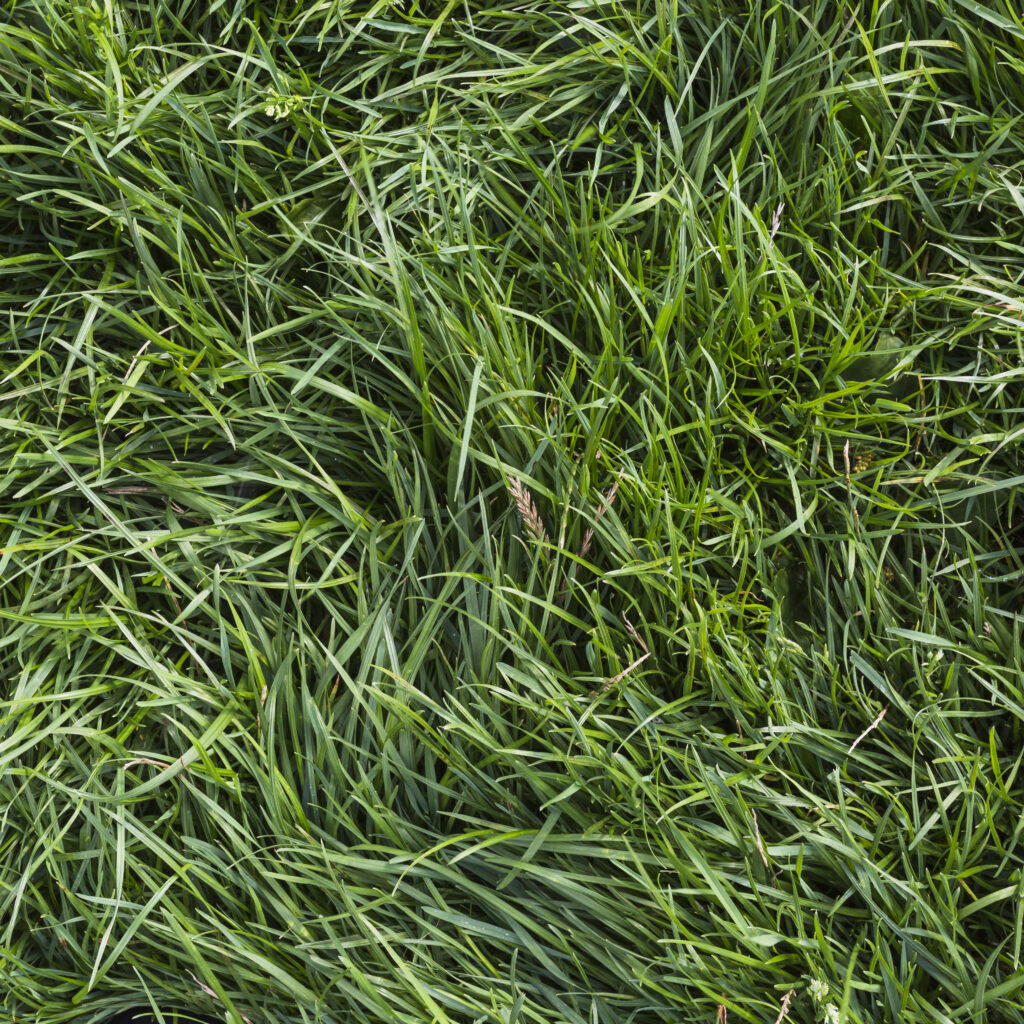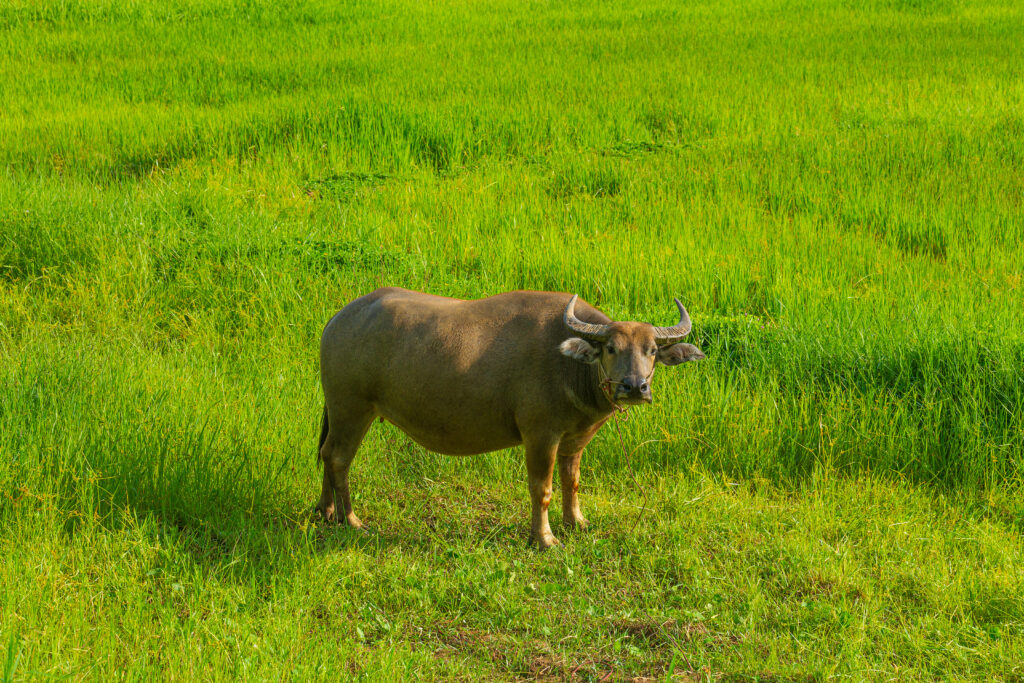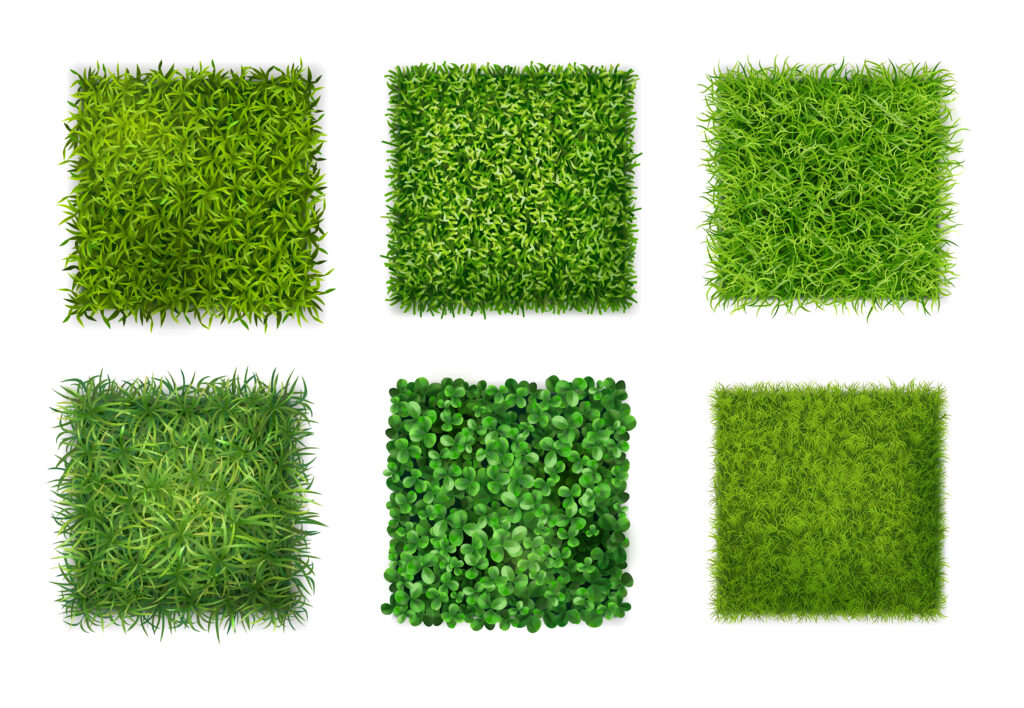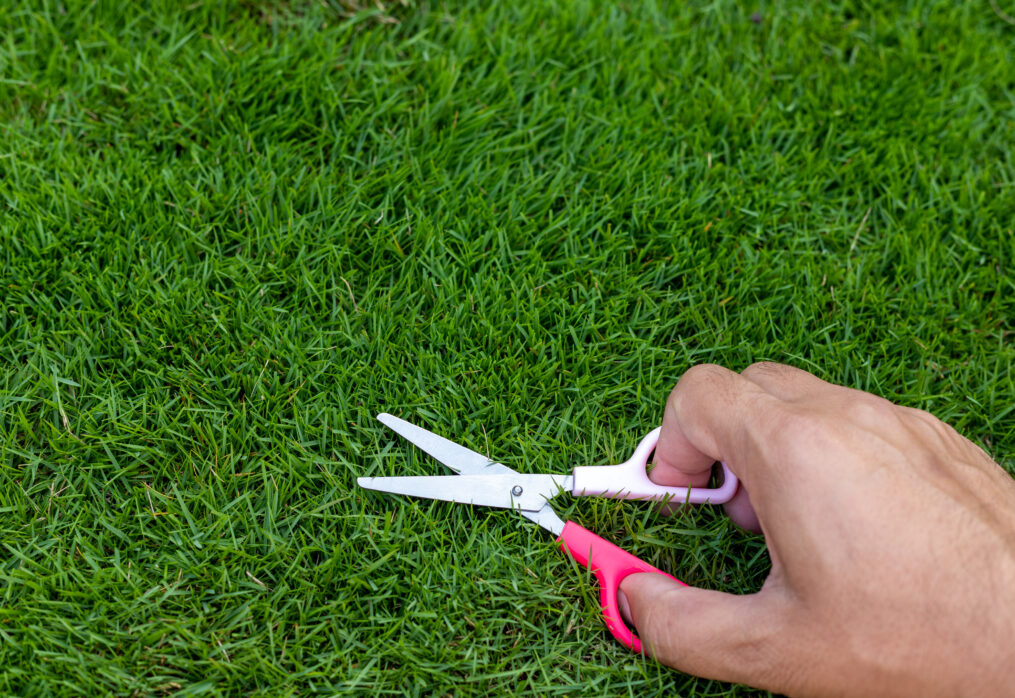Types of Grass that Hardly Require Mowing
If you’re looking for a hassle-free lawn, consider short grass that doesn’t need mowing or low-maintenance options like dwarf grass for lawns. These varieties are ideal for creating a beautiful outdoor space without constant upkeep. We offer grass that doesn’t need mowing or frequent cutting, perfect for busy homeowners or commercial landscapes. With non-mowing grass, you can enjoy a neat and tidy look year-round without the effort. Explore different types of grass, including those that are easy to maintain and require minimal trimming. Our range includes premium options for grass that doesn’t need to be cut, ensuring your lawn stays lush and green effortlessly.
Types of Grass that Hardly Require Mowing In summer, who does not like a well-maintained, rich green grass? The most obvious needs for a prize-winning lawn are water, fertilizer, and regular mowing. Imagine laying grass that produces the same effects but does not require mowing.
Black mondo grass, Kyoto dwarf grass, buffalo grass, centipede grass, and seashore paspalum are among the barely mowed types of grass. Considered a dwarf variant or a ground cover, these varieties of grass are all slower-growing in nature. They are readily maintained and resilient. Not having to cut the grass continuously will save you more time and money to devote to other landscaping work to enhance your yard. Let’s investigate these time-saving grass species further and see more about them.
🌿 Quick Comparison Table
| Grass Variety | Mow Frequency | Sun/Shade Tolerance | Water Needs | Approx. Cost (₹/sq ft) |
|---|---|---|---|---|
| Black Mondo Grass | Rarely | Full shade | Low | ₹25 |
| Kyoto Dwarf Grass | 1×/month | Partial shade | Medium | ₹30 |
| Buffalo Grass | 1–2×/year | Full sun | Very low | ₹20 |
| Centipede Grass | 1–2×/year | Partial sun | Low | ₹22 |
| Seashore Paspalum | 2–3×/year | Full sun & salty soil | Medium-low | ₹35 |
Grass That Doesn’t Need Mowing
Not everyone enjoys mowing their lawn; it might take quite some time. You could not have the energy and desire grass that doesn’t need mowing, or you might need extra time to keep the lawn looking fantastic. There are a few grass substitutes that do not require mowing. Excellent grass that requires little mowing is one that grows very slowly or reaches its maximum height short enough not to mow. Here are a few substitutes for grass that do not require mowing ( Types of Grass that Hardly Require Mowing ):
1. Mondo grass

Two varieties of Mondo Grass fit for no-mowing. These two are black mondo grass and Kyoto dwarf grass. Black Mondo grass, which is a slow-growing grass, can grow six inches or less. It has a thick, purplish-black appearance. Kyoto Dwarf Grass is your finest option if you like shorter grass. It is drought-hardy and grows to be three or four inches high. This type of grass with its bent, thin, ribbon-like leaves helps create a lawn with a solid-like appearance. Mostly ground coverings are utilized. Summer also brings small blossoms on miniature stalks. This plant also thrives in any soil and under any light level. With so many applications, this is a gorgeous and excellent gardening tool.
2. Buffalo grass

This slow-growing, drought-resistant grass is ideal for North American plains. Given little water, the grass may grow to be four inches tall. The grass may reach six inches tall with extra water. This grass is usually mown at the end of winter to eliminate any dead, brown grass, creating a green-grey-colored lawn. Its short, wide leaves and roughness distinguish it from other lawns. Many people prefer it because its long-term development approach is well-known. It is not only the ideal length, but it is also a somewhat slow-growing grass. Though it is primarily a warm-season grass, it can tolerate cold far more than other warm-season varieties.
3. Centipede grass
With a modest growing pace and the hue of a green apple, centipede grass It creates a thick lawn, also known as the lazy man’s grass. Should this grass not be mowed, its height might vary from four to six inches. This grass is quite amazing, as it stays green all year at a temperature that allows at least six hours of sunlight. Though cheap maintenance, it does not take too well for much mobility. This grass has unique qualities because it requires minimal maintenance and has heat endurance. This kind of grass, unlike other grass in its growth zone, rarely calls for notice. You benefit from not having to worry so much about mowing your grass.
4. Seashord Paspalum
This grass, which is salt-tolerant, thrives in ditches and other locations where height is not a concern. It has a deep-rooted system, growing up to twenty inches. This grass bounces back quickly and has no problem with heavy foot activity. It has a light tint and requires enough water and fertilizer to thrive. This grass creates a thick lawn and requires very little care.
Variations from No-Mow Grass
Especially if you’re rather busy, cutting your grass every few weeks might seem a bit too much. While some might appreciate it, others would not. It can be time-consuming and leaves a mess you have to tidy up. These are several no-mow grass substitutes:
1. Hard fescue and hybrid fescues
When planting hard fescue or specific fine fescue blends, you only have to mow the grass once or twice a year. Fine fescue is a popular cool-season grass that requires little or no mowing. They thrive brilliantly in dry and shady conditions.
2. Tenuifolia, Zoysia
Warm-season grass, Zoysia tenuifolia grass, can withstand drought, and just two mowings a year are needed. Golf courses and southern lawns would be better suited for its brilliant green hue, which features fine blades. Zoysia tenuifolia grows slowly and requires minimal upkeep.
3. Ground Level Cover
The ground cover is ideal for spectacular evergreens and flowers. This is a lovely no-mow approach to covering regions devoid of grass and maintaining your lawn’s long-term health. Many lawns can support ground cover. It may flourish there, around hardscape elements, under trees, in rock gardens, or in rain gardens.
4. Made Turf Artificial

Artificial grass appears always green and is rather neat. Children might play on this ideal grass, which can withstand any American climate. It also protects the environment from the toxins in fertilizers used on grasslands.
5. Meadow filled with wildflowers
You may enjoy the bees and butterflies all around your yard and forget about mowing with Wildflower Meadow. These incredibly vibrant blooms will transform your lawn into an environmentally friendly, beautiful garden. Insecticide, water, and fertilizer, it will cut expenses. Your garden will flourish organically, free from any chemicals. To ensure that the seed heads fall, you will have to mow them once in the fall, as well as water them during dry spells. If you love butterflies, these are the finest wildflowers available:
- Milkweed Purple Coneflower
- Goldenrod Asterium Zinnia
- Cleome Yamarrow
- Golden Alexander
Grass Pros and Cons No-Mow
The key advantage of no-mow grass is that it requires less maintenance. A few advantages and drawbacks exist, such as: Advantage:
- Forms rapidly.
- Stoops the spread of weeds.
- It requires little fertilizer and water. It becomes thick and attracts insects and animals.
- It makes grassy strolling pleasant.
Cons include:
- Periodically, you have to cut overgrown grass off paths.
- When you finish mowing, the task becomes more difficult since you have to mow slowly and arrange to dispose of big volumes of clippings.
- While no-mow lawns are typically more pleasant for strolling, after rain they might wet your bottom jeans or shoes.
Closing Notes There are several options if you want a beautiful garden but are not the kind of person who would have time for mowing or the desire for it. Perfect for everyone and requiring no upkeep is no-mow grass.
❓ Frequently Asked Questions
Q: Which no‑mow grass is best for dry climates?
A: Buffalo grass is the top pick due to its drought resistance.
Q: Can I grow these grasses in shade?
A: Yes! Black Mondo and Kyoto Dwarf are excellent for low light.
Q: Is Seashore Paspalum suitable for coastal areas?
A: Absolutely—it thrives in salty, sandy soil.
Q: Do I still need to mow occasionally?
A: Yes, but only 1–3 times a year depending on the grass type.
I recommend checking out:
- How to plant lawn grass: A Quick Guide
- Mowing Heights By Season And Grass Type
- Natural Weed and Grass Killer Recipe for a Chemical-Free Lawn
- What type of machine is used to cut grass?
- 5 gorgeous flowering plants to bring home in summer
- 10 Stress Relieving Indoor plants for home
- 10 plants you can easily grow in a bottle
- 5 Easy Tips to Maintain a Tulsi Plant at Home
- 5 Medicinal Plants to Grow at Home
- 10 palm plants to grow at home
Last Updated on 5 months ago by Anjali Mehra Ph.D. in Horticulture (Punjab Agricultural University)
- Grass Varieties That Grow Well in Cold Mountain Soil - December 11, 2025
- Grass Types that Survive Frost & Snow (Uttarakhand-Specific) - December 6, 2025
- Low-Water Grass Varieties for Hilly Homes in Uttarakhand - December 1, 2025
